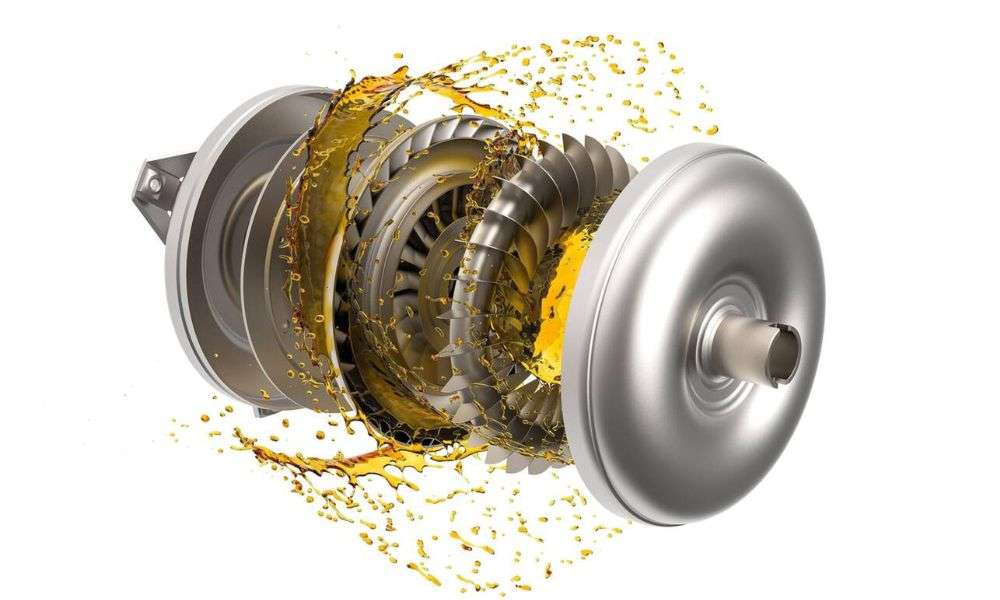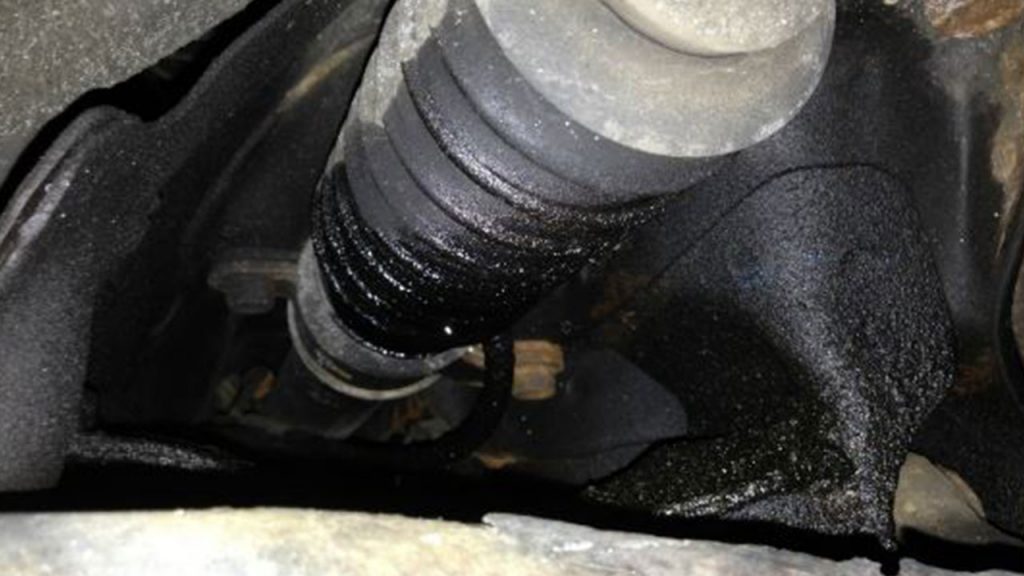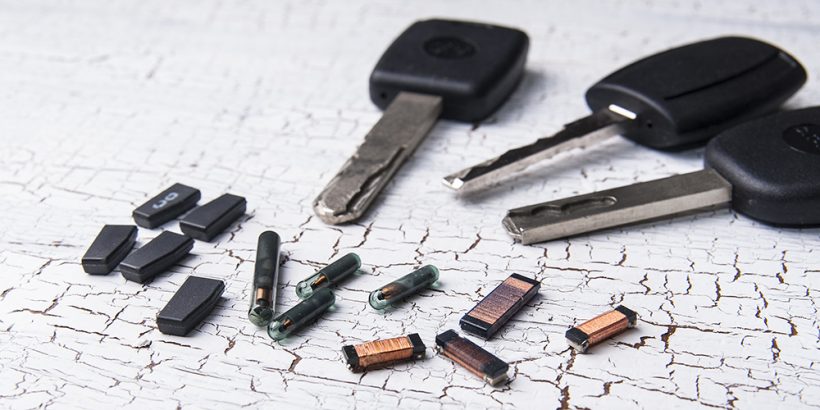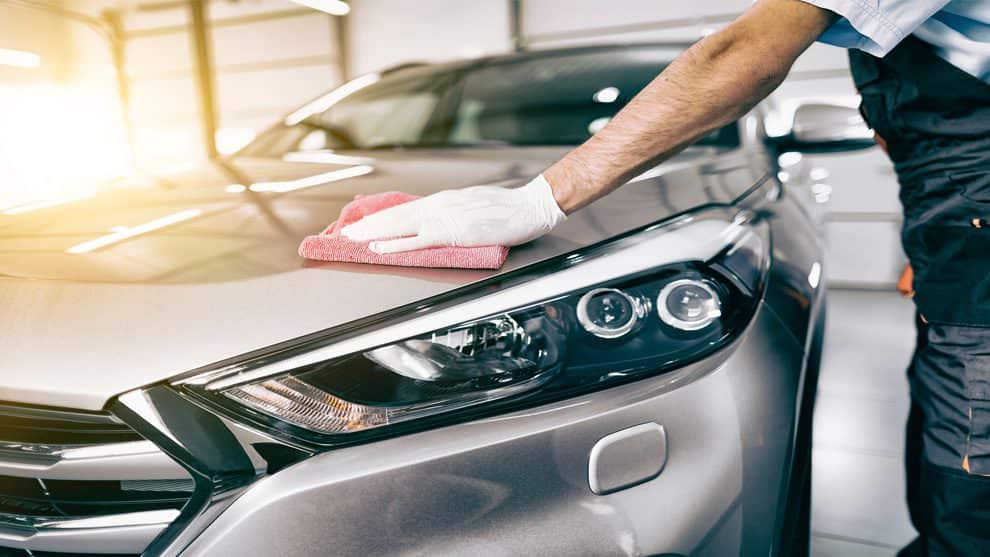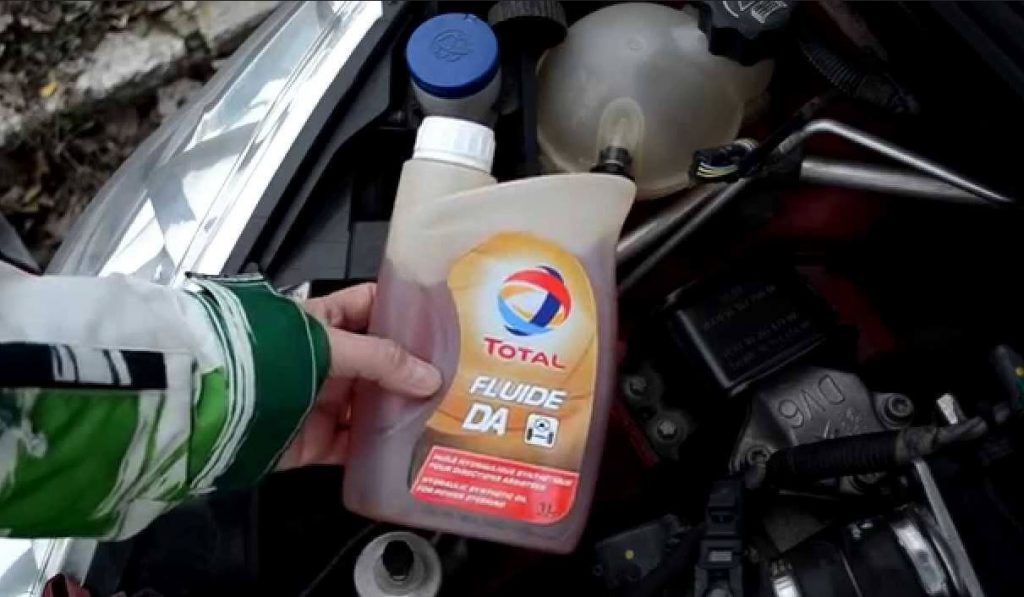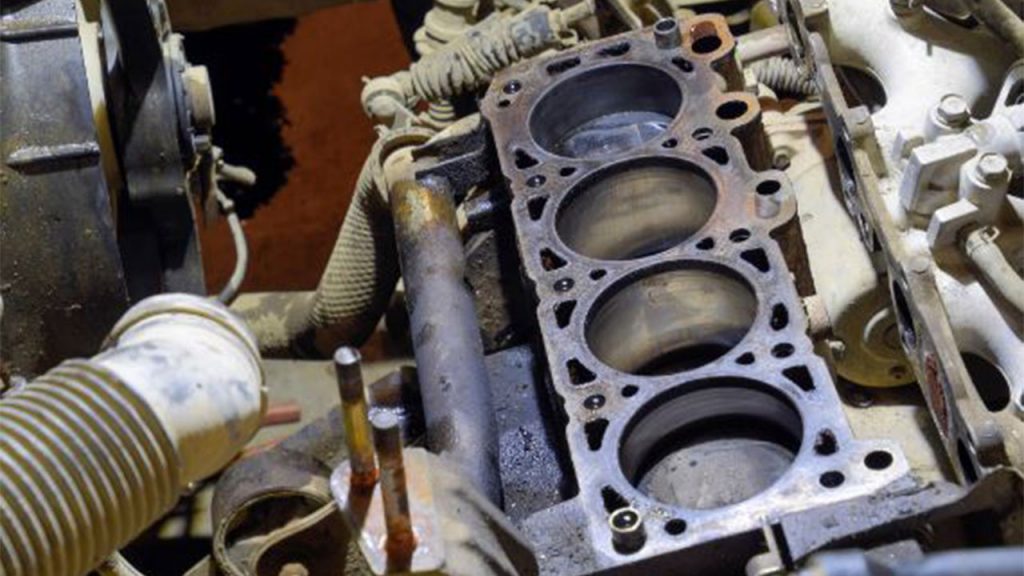Torque converter stall speed—a term that is often misunderstood—holds the key to unlocking the true performance potential of your vehicle. It’s the precise engine speed, measured in revolutions per minute (RPM), at which the torque converter stops transferring power to the transmission, effectively causing the engine to “stall.” But don’t be mistaken—this seemingly simple concept carries significant weight, particularly when it comes to acceleration, towing, and overall vehicle responsiveness. In this article, we will dissect the intricacies of torque converter stall speed, its influence on vehicle dynamics, and how modifying it can elevate your driving experience.
How Torque Converter Stall Speed Affects Your Vehicle’s Performance
When you press the accelerator, the torque converter stall speed directly influences how your car reacts. A higher stall speed means your engine can reach elevated RPMs before the converter locks in, granting quicker acceleration. This is a blessing for performance vehicles that demand rapid engine response. On the flip side, a lower stall speed provides a smoother transition, making it ideal for everyday driving—offering a balance between fuel efficiency and comfort. Whether you’re gliding along the highway or rushing to get through traffic, understanding how stall speed interacts with your engine’s output can dramatically enhance your driving experience.
How to Calculate Torque Converter Stall Speed
Determining the perfect stall speed for your vehicle requires more than a mere guess. It’s a fine balance that hinges on several elements: engine power, torque, the vehicle’s weight, and the type of transmission. The typical way to calculate stall speed involves using a tachometer, measuring engine RPM while the car is stationary and the brakes are engaged. This is known as the “flash stall speed,” as it measures how high the engine RPM can climb before the torque converter disengages. For a more accurate read, you can turn to dynamometers or consult manufacturer specifications, as they factor in your car’s unique needs.
Stall Speed and Your Car’s Drivability
The stall speed does more than just affect acceleration—it plays a pivotal role in your car’s overall drivability. A high stall speed may make your car feel more sprightly, particularly during heavy-duty acceleration or in racing environments. However, this heightened responsiveness can sometimes result in a less-than-comfortable driving experience, especially when shifting gears or starting from a standstill. In contrast, a lower stall speed brings smoother transitions but may lead to sluggish acceleration. Finding the sweet spot between performance and comfort is key to optimizing your driving style.
When to Consider Upgrading Your Torque Converter Stall Speed
If your car struggles to accelerate under load or when towing, or if you’re aiming for quicker launches during races, it may be time to upgrade your torque converter stall speed. Higher stall speeds are ideal for performance-driven vehicles, allowing for faster launches and better acceleration. However, upgrading should never be done impulsively; instead, it should be a thoughtful decision based on your engine’s power band and the primary use of your vehicle. If performance is your goal, an upgraded stall speed could make all the difference.
How to Choose the Right Torque Converter Stall Speed for Your Car
The key to choosing the correct stall speed lies in understanding your vehicle’s intended use and performance goals. For standard daily drivers, maintaining the factory stall speed is typically the best option. However, for those who engage in high-performance driving or use their vehicles for towing, a higher stall speed may be required. A modified engine or performance upgrades are often accompanied by the need for a higher stall speed to keep up with the engine’s enhanced output. Additionally, factors such as tire size and the weight of the vehicle also come into play when choosing the right stall speed.
Common Myths and Misconceptions About Torque Converter Stall Speed
A common misconception is that a higher stall speed always equates to better performance. While it’s true that a higher stall speed can enhance acceleration, it can also reduce drivability and fuel efficiency. For example, many believe that higher stall speeds automatically improve towing capacity, but other factors—such as torque and engine strength—are far more influential in this regard. Breaking free from these myths and making decisions based on actual performance needs rather than popular misconceptions is crucial for vehicle optimization.
Common Problems with Torque Converter Stall Speed
A torque converter with an improperly set stall speed can wreak havoc on your vehicle’s performance. If the stall speed is too high, it can lead to inefficient power transfer, overheating, and excessive fuel consumption. On the other hand, a stall speed that’s too low results in sluggish acceleration and reduced engine power. Additionally, wear and tear on the torque converter itself can cause slipping, overheating, and erratic shifting, leading to costly repairs. Ensuring the right stall speed for your vehicle helps mitigate these risks and maintain smooth operation.
Maintaining Your Torque Converter and Stall Speed
Routine maintenance is crucial for prolonging the life of your torque converter. One of the simplest yet most effective ways to keep it running smoothly is by regularly changing the transmission fluid. This helps prevent overheating and minimizes wear. Maintaining proper lubrication and avoiding overloading your vehicle are also key factors in preserving the health of the torque converter. With the right stall speed, you can keep your vehicle in peak condition for much longer.
How Torque Converter Stall Speed Influences Towing Performance
When towing, the stall speed can significantly impact the amount of power available to move heavy loads. A higher stall speed allows the engine to rev higher before the converter locks, generating more power for hauling trailers, boats, or other heavy objects. While this is advantageous for vehicles used in towing, it’s essential to strike a balance. A higher stall speed can reduce fuel efficiency and put additional strain on the engine, especially when towing at lower speeds. Ensuring optimal performance while maintaining fuel economy requires carefully considering your towing needs.
Aftermarket Torque Converters: Is It Worth the Investment?
For those looking to push their vehicle’s performance further, aftermarket torque converters can be a worthwhile investment. Performance torque converters with higher stall speeds are known to improve acceleration and responsiveness, making them popular among racing enthusiasts. However, for everyday drivers, the benefits may not justify the cost. Before investing in an aftermarket torque converter, it’s essential to assess whether the performance benefits align with your specific driving habits and vehicle needs.
The Effect of Stall Speed on Fuel Efficiency
Fuel efficiency is closely tied to stall speed. A higher stall speed may enhance acceleration, but it also requires the engine to work harder, leading to higher fuel consumption. This effect is more pronounced in larger or heavily modified engines. On the other hand, a lower stall speed tends to improve fuel economy, particularly in standard vehicles that prioritize smooth, gradual acceleration. Choosing the right stall speed means finding the perfect balance between performance and fuel efficiency.
The Relationship Between Torque Converter Stall Speed and Transmission Health
The stall speed of your torque converter plays a crucial role in the longevity of your transmission. A stall speed that is too high can generate excessive heat and strain on the transmission, leading to premature wear. Conversely, a stall speed that is too low can cause inefficient power transfer, leading to transmission failure over time. Ensuring the correct stall speed not only enhances vehicle performance but also protects your transmission from unnecessary damage.
Related post: Signs of a Bad Torque Converter vs a Bad Transmission
Conclusion
Torque converter stall speed is a pivotal factor in maximizing your vehicle’s performance, whether you’re accelerating off the line, towing a trailer, or cruising down the highway. Understanding how stall speed affects your car’s drivability and performance helps you make informed decisions about when and how to upgrade it. Always consider your vehicle’s power, usage, and driving style to ensure the perfect balance between acceleration, comfort, and fuel efficiency. The right torque converter and stall speed will keep your car running smoothly and efficiently for years to come.
FAQs About Torque Converter Stall Speed
What happens if my stall speed is too high?
A stall speed that is too high causes the engine RPM to climb excessively before power reaches the transmission. This leads to poor fuel efficiency, increased engine strain, and overheating.
How does stall speed affect towing?
A higher stall speed provides more power for towing heavy loads, but can reduce fuel efficiency and put more strain on the engine.
Can I upgrade my torque converter stall speed?
Yes, upgrading to a higher stall speed is possible and often beneficial for improved acceleration and towing, especially in performance vehicles.
Is stall speed the same for all vehicles?
No, stall speed varies depending on engine power, transmission type, and the vehicle’s intended use.

